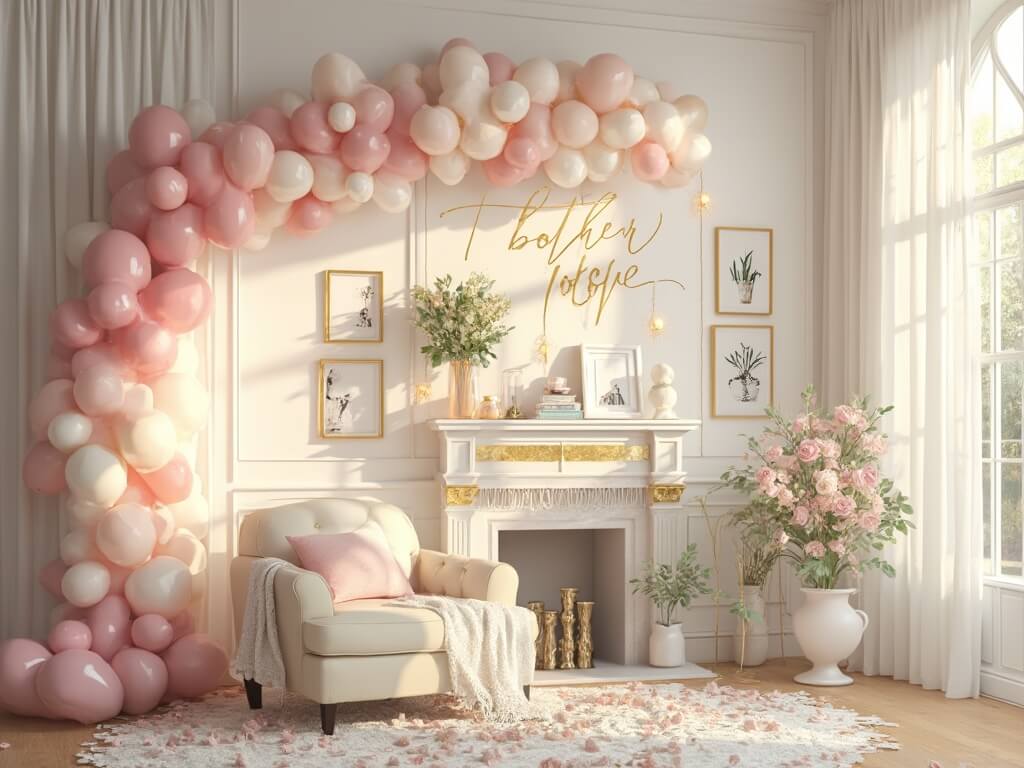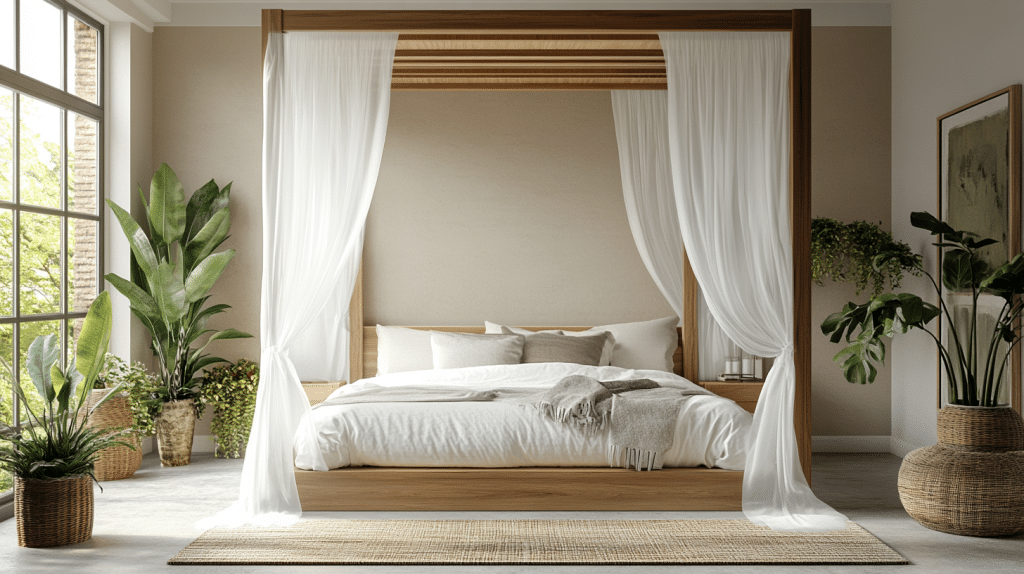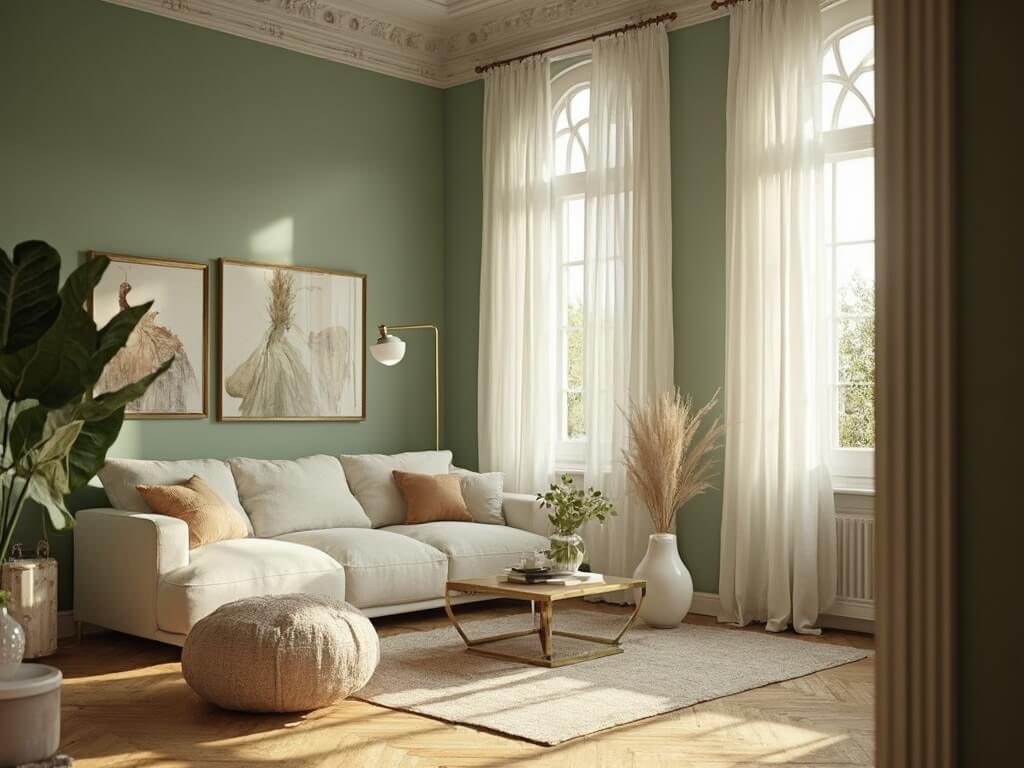Embracing the Japanese philosophy of wabi sabi means finding beauty in imperfection, simplicity, and the natural aging process. Your living room can become a serene sanctuary that celebrates authenticity and timeworn charm, transforming ordinary spaces into meaningful environments that tell stories through carefully curated, natural elements. Whether you’re working with a tight budget or simply seeking to create a more mindful living space, these 20 design ideas will guide you in crafting a wabi sabi living room that feels both grounded and deeply personal.
1. Organic Wood Accents
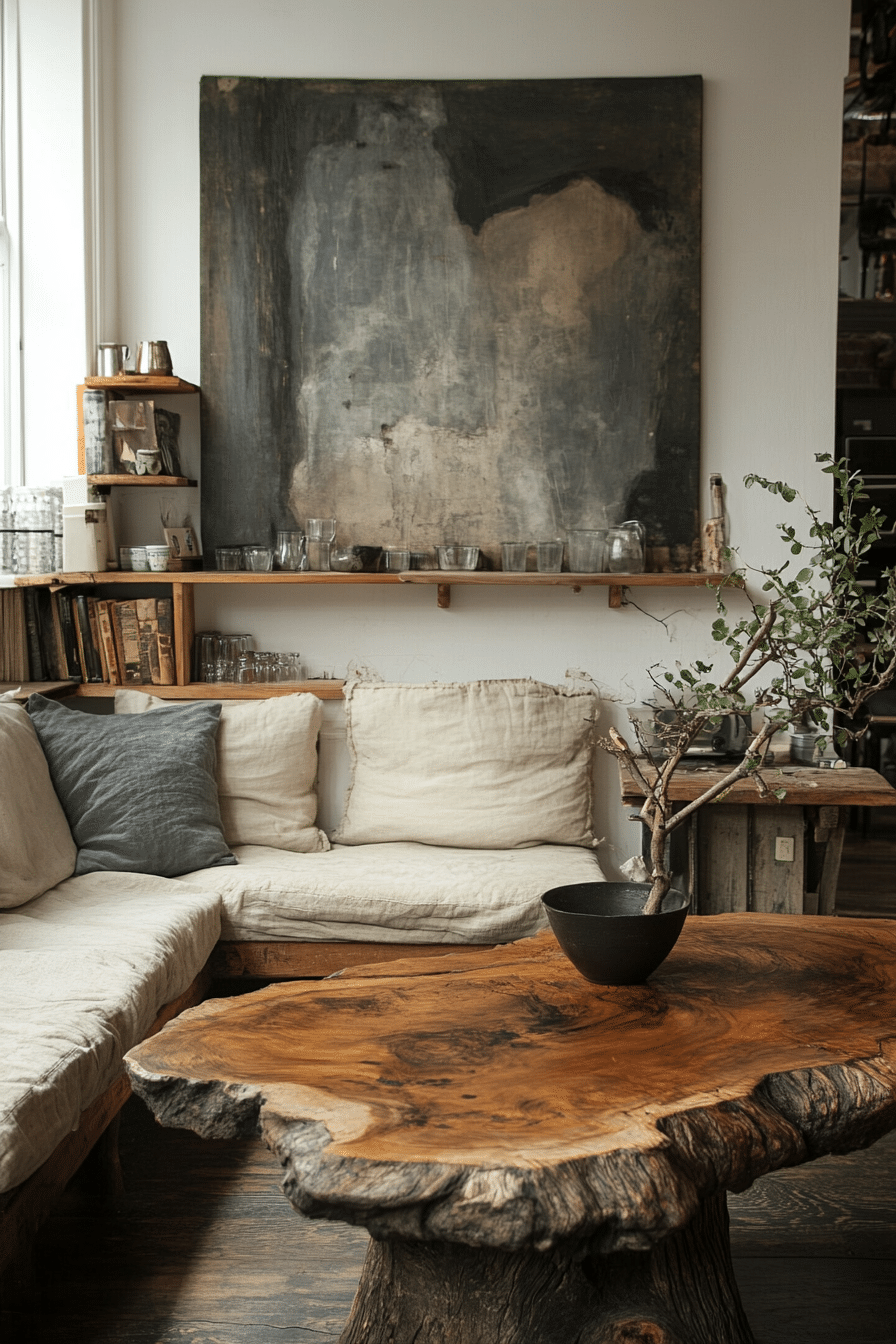
Enhance your wabi sabi living room with the natural beauty of aged wood that tells a story through its grain and imperfections. From reclaimed shelves to vintage coffee tables, every piece adds warmth and authenticity. You can find unique wooden accents at thrift stores or salvage yards, making this an affordable way to bring nature indoors.
2. Handmade Ceramic Treasures
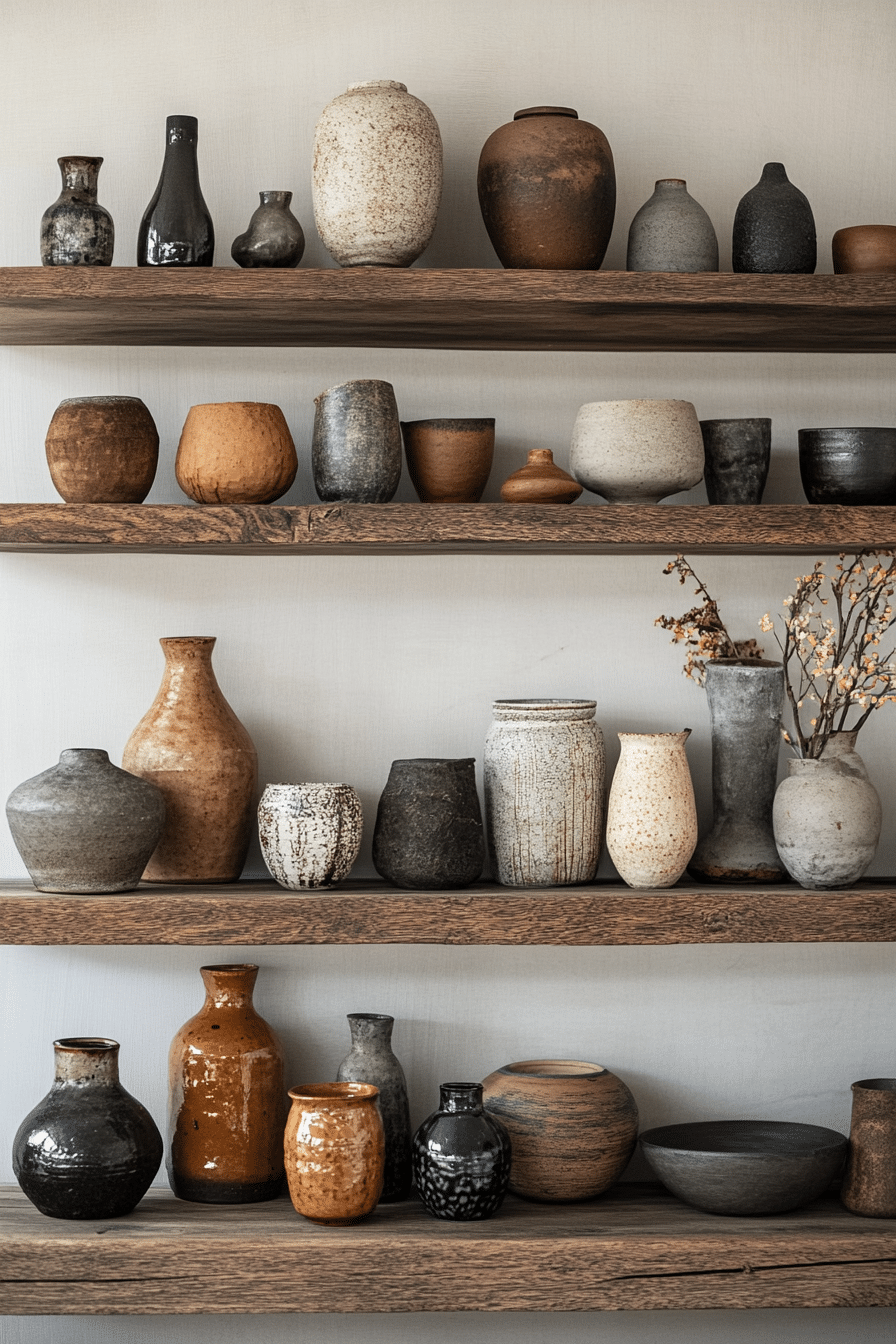
Give your wabi sabi living room a touch of artisanal charm with handcrafted ceramics that embrace imperfection. Each piece, with its unique glaze and organic form, brings warmth and authenticity to your space. Supporting local potters or finding second-hand ceramics is an affordable way to build a collection with meaning.
3. Earthy Color Harmony
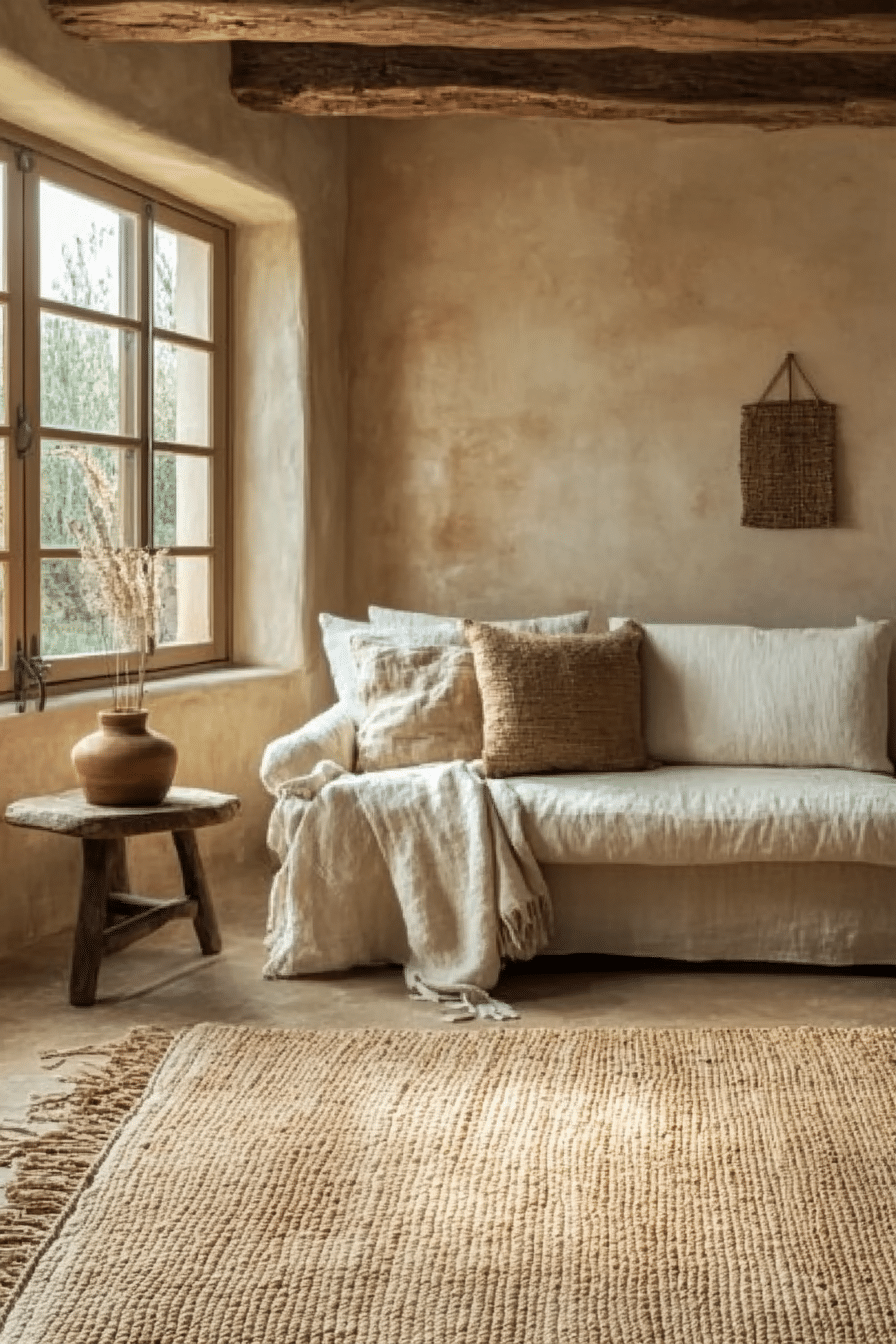
Transform your wabi sabi living room with a soothing palette inspired by nature’s muted tones. Earthy hues like sand, clay, and moss create a tranquil environment without the need for a full renovation. Simple touches like pillows, throws, or hand-painted decor can bring balance effortlessly.
4. Stone Elements for Timeless Beauty

Ground your wabi sabi living room with the organic presence of natural stone, whether through furniture, decor, or collected pebbles. Even small touches, like a stone bowl or textured wall, bring an element of raw beauty into your space. These features are easy to incorporate with budget-friendly finds from nature or local landscape shops.
5. Aged Leather Comfort
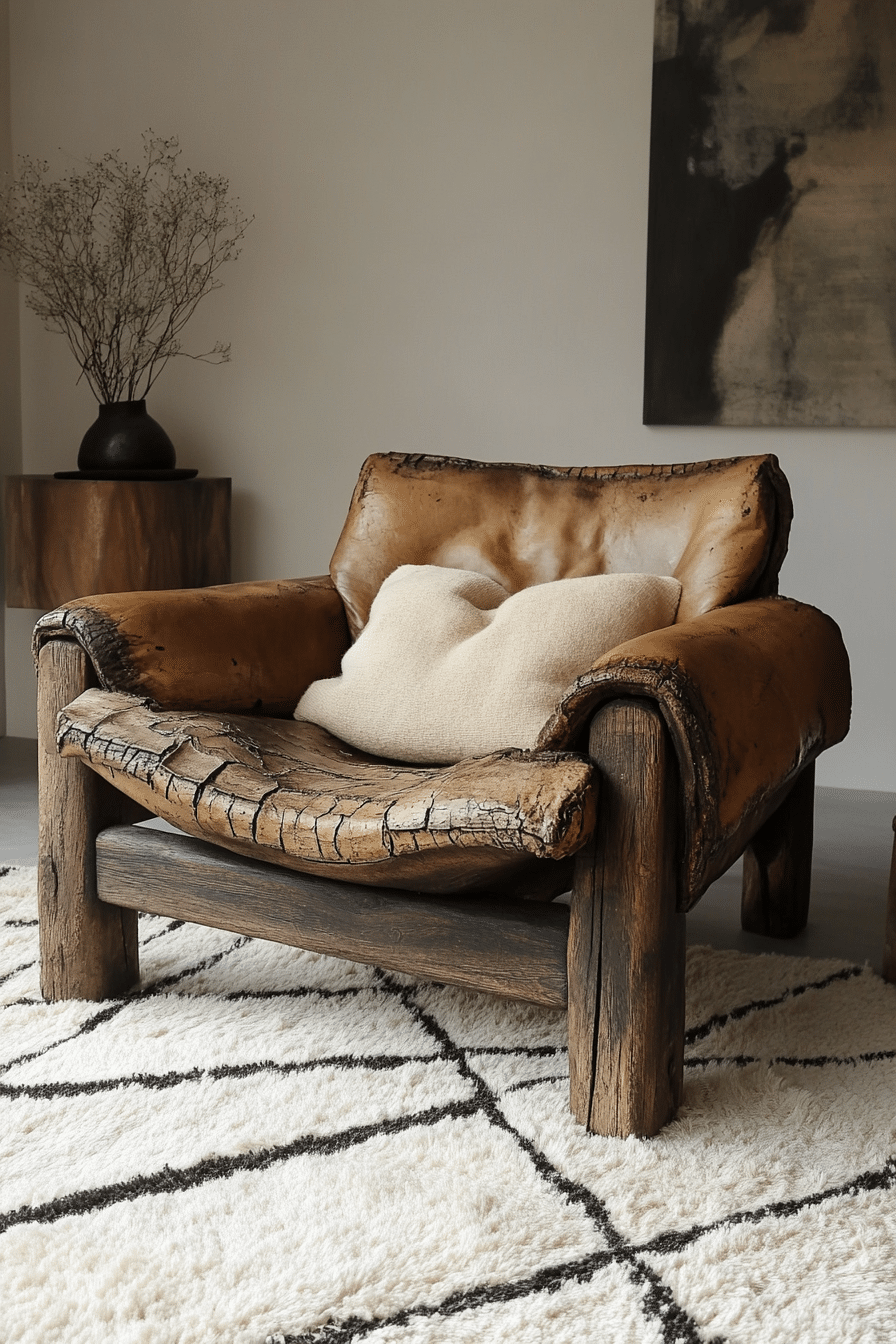
Celebrate the beauty of aging with soft, worn leather that adds character to your wabi sabi living room. Second-hand leather furniture often comes with a natural patina, making it both a stylish and sustainable choice. Over time, the creases and subtle imperfections only enhance its charm.
6. Layered Artisan Textiles

Wrap your wabi sabi living room in warmth with handwoven textiles that tell a story through their texture and imperfections. Whether it’s a loosely woven throw or a simple linen curtain, natural fibers bring a comforting touch. These pieces are often found affordably at artisan markets or second-hand shops.
7. Rustic Metal Details
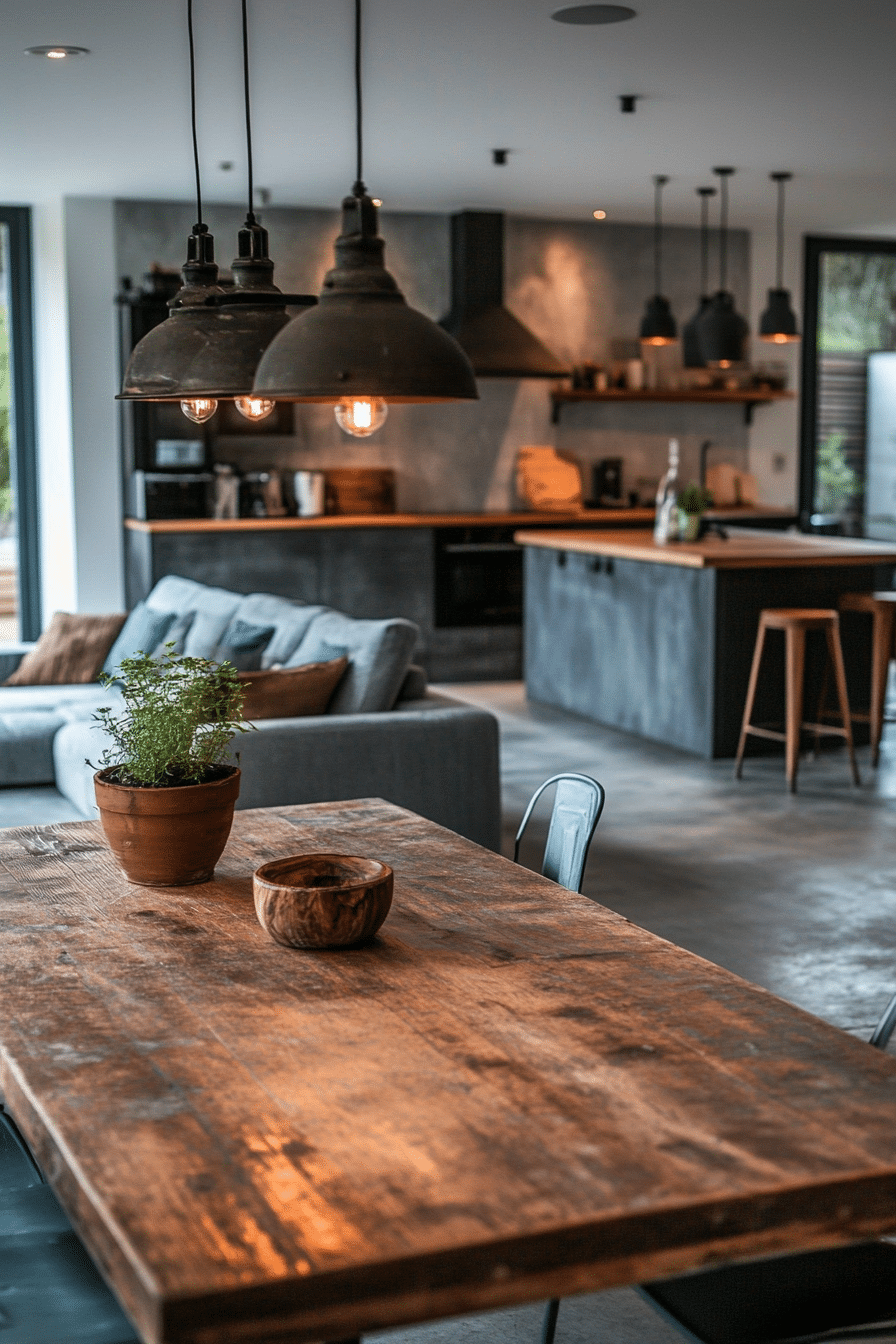
Infuse your wabi sabi living room with character using aged metals that develop a unique patina over time. Rusted iron, brushed brass, or weathered copper add depth and contrast to softer natural materials. Flea markets and salvage stores are great places to find affordable, one-of-a-kind metal decor.
8. Soft Linen Upholstery
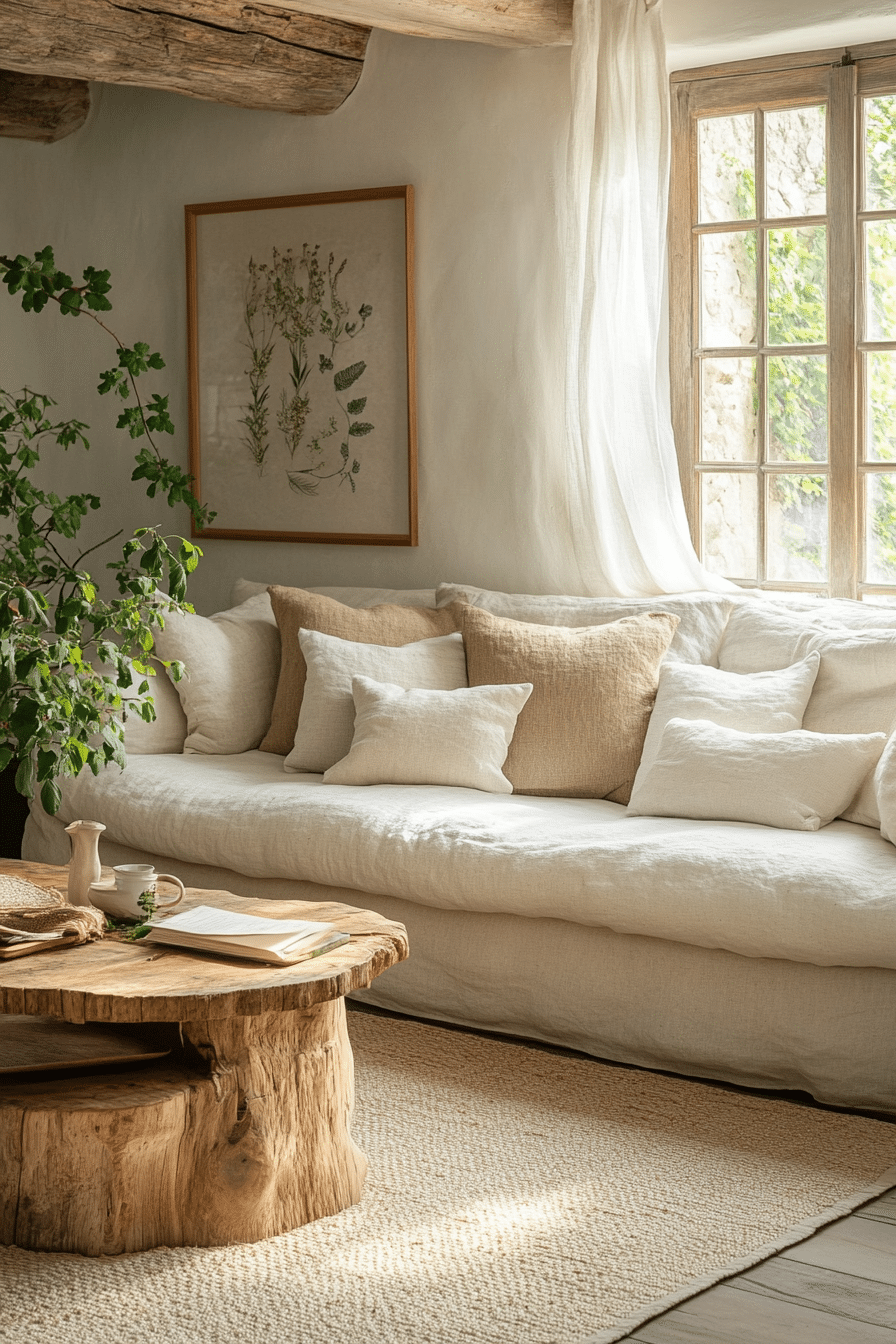
Create a relaxed, breathable feel in your wabi sabi living room with linen-covered furniture that ages beautifully. Wrinkles and folds in natural linen only enhance its charm, making it a perfect fit for an effortlessly elegant space. Simple slipcovers or thrifted linen chairs are an easy and affordable way to update your home.
9. Natural Fiber Rugs for Coziness
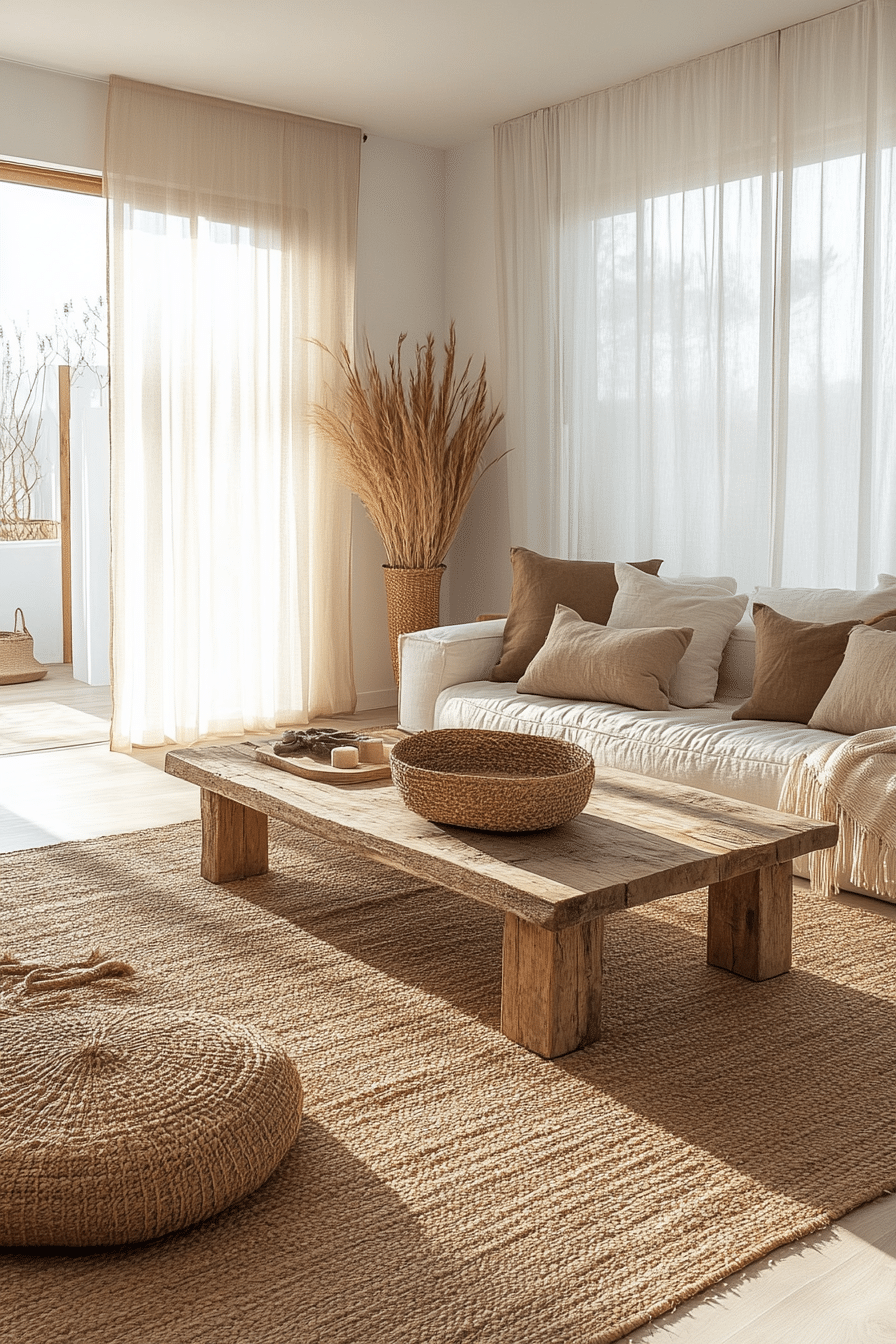
Anchor your wabi sabi living room with the soft texture of a jute, sisal, or wool rug that blends effortlessly with organic materials. These eco-friendly options offer both durability and understated beauty at a fraction of the cost of synthetic alternatives. Their natural irregularities enhance the raw and lived-in feel of your space.
10. Reclaimed Wood Tables with a Story
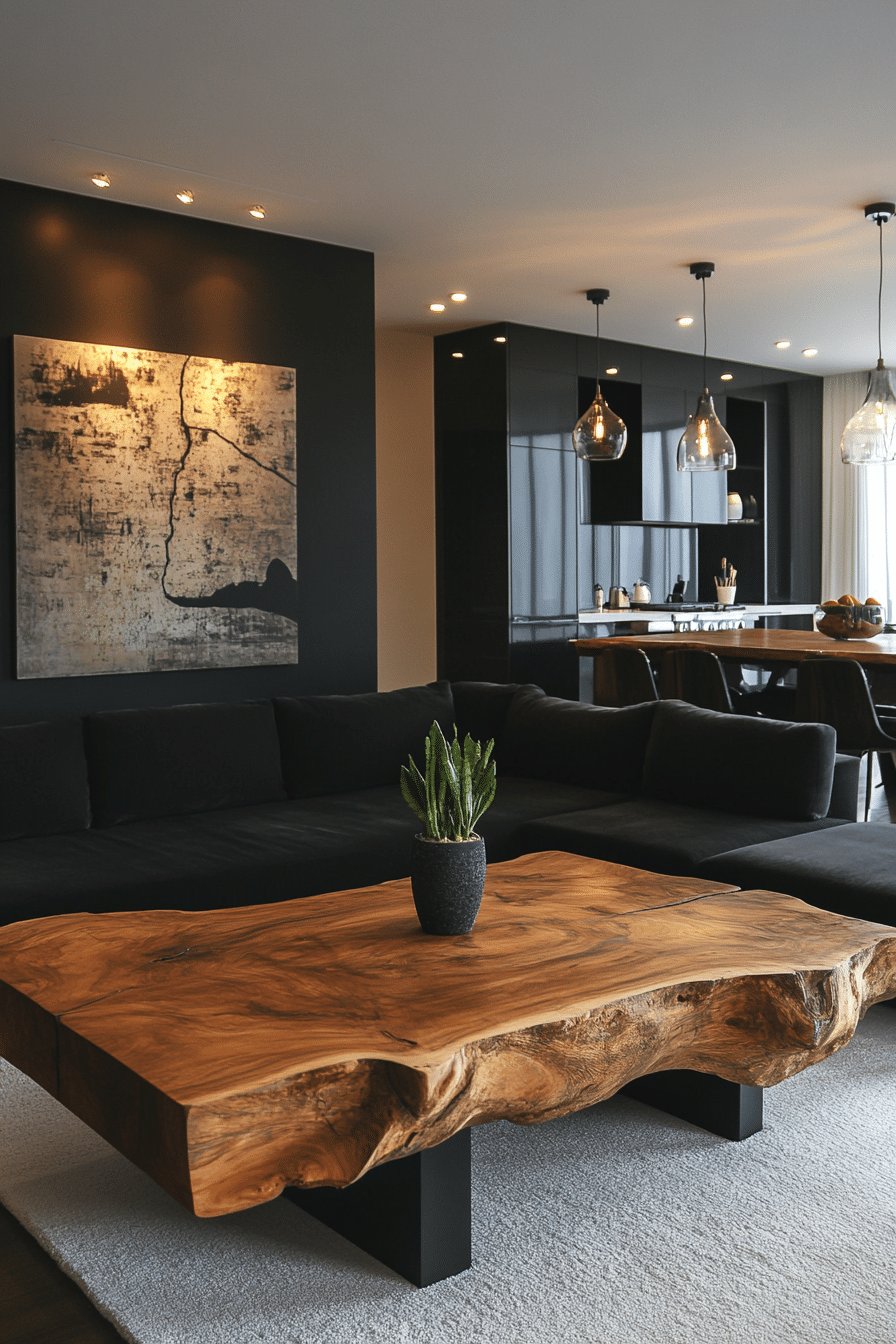
Let your wabi sabi living room tell a story with a reclaimed wood table that carries the marks of time. Salvaged materials bring warmth and history into your space, making each piece truly unique. Affordable and sustainable, these tables can often be found at flea markets or through local craftspeople.
11. Unique Imperfect Pottery
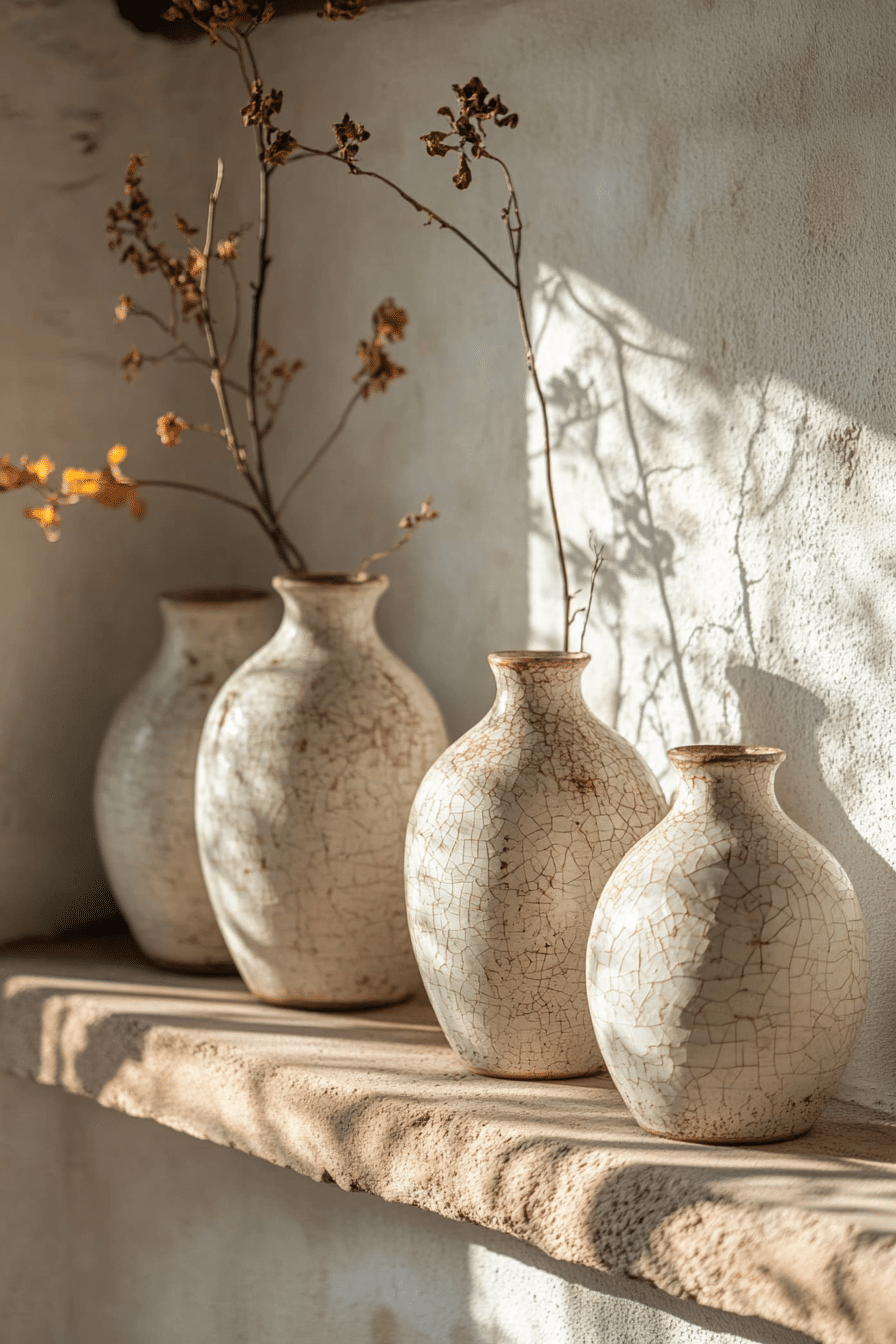
Showcase the beauty of imperfection in your wabi sabi living room with pottery that embraces cracks, uneven glazes, and hand-shaped details. These timeless vessels can be found affordably at thrift stores or made through simple pottery classes. The Japanese philosophy of kintsugi teaches us to appreciate repaired ceramics as symbols of resilience.
12. Weathered Wall Art for Soulful Spaces
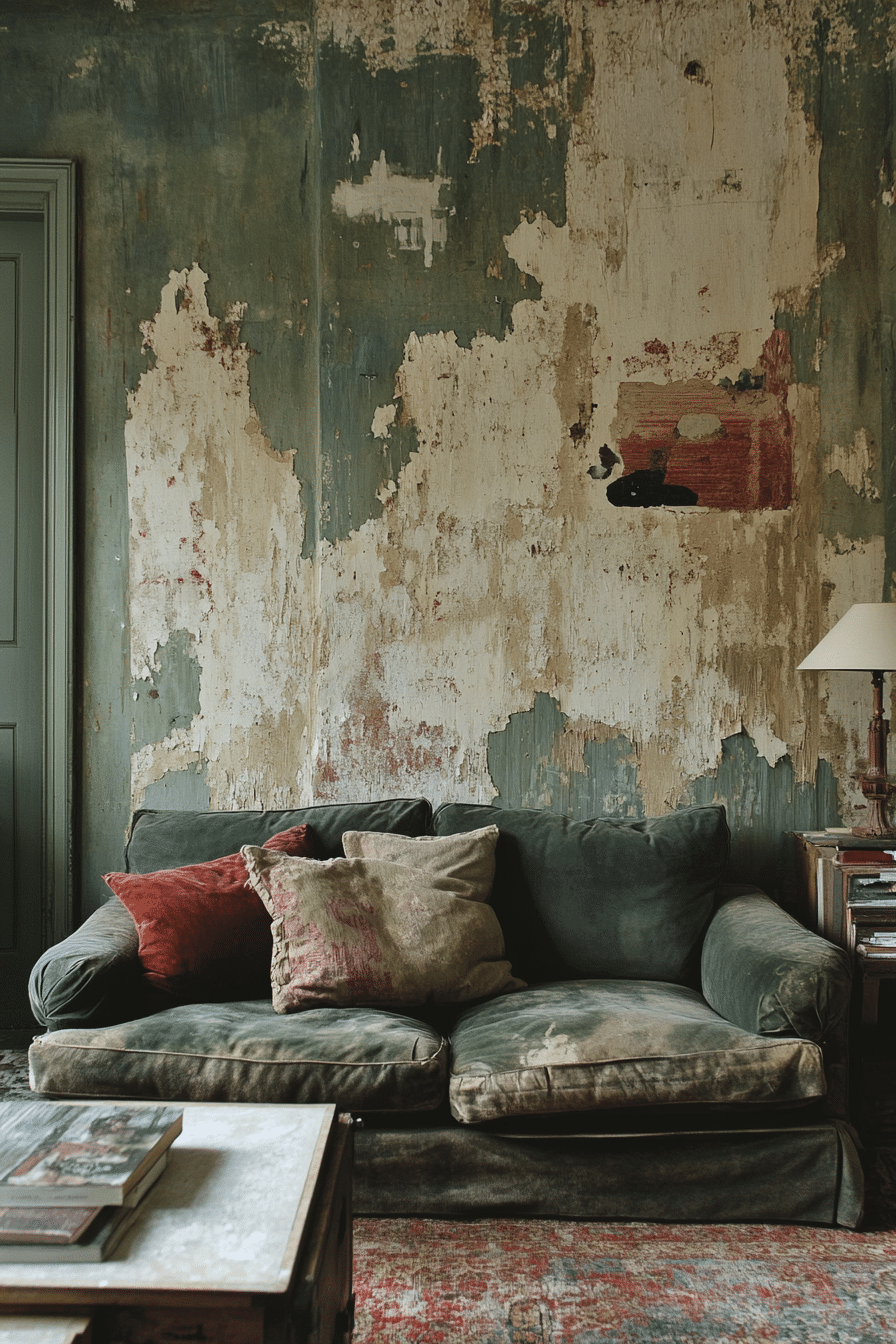
Bring personality to your wabi sabi living room with wall art that feels naturally aged and timeworn. Handmade, textured paintings or vintage prints with faded hues add quiet beauty without overpowering the space. You can create your own artwork using natural pigments and simple DIY techniques.
13. Unfinished Wooden Shelving
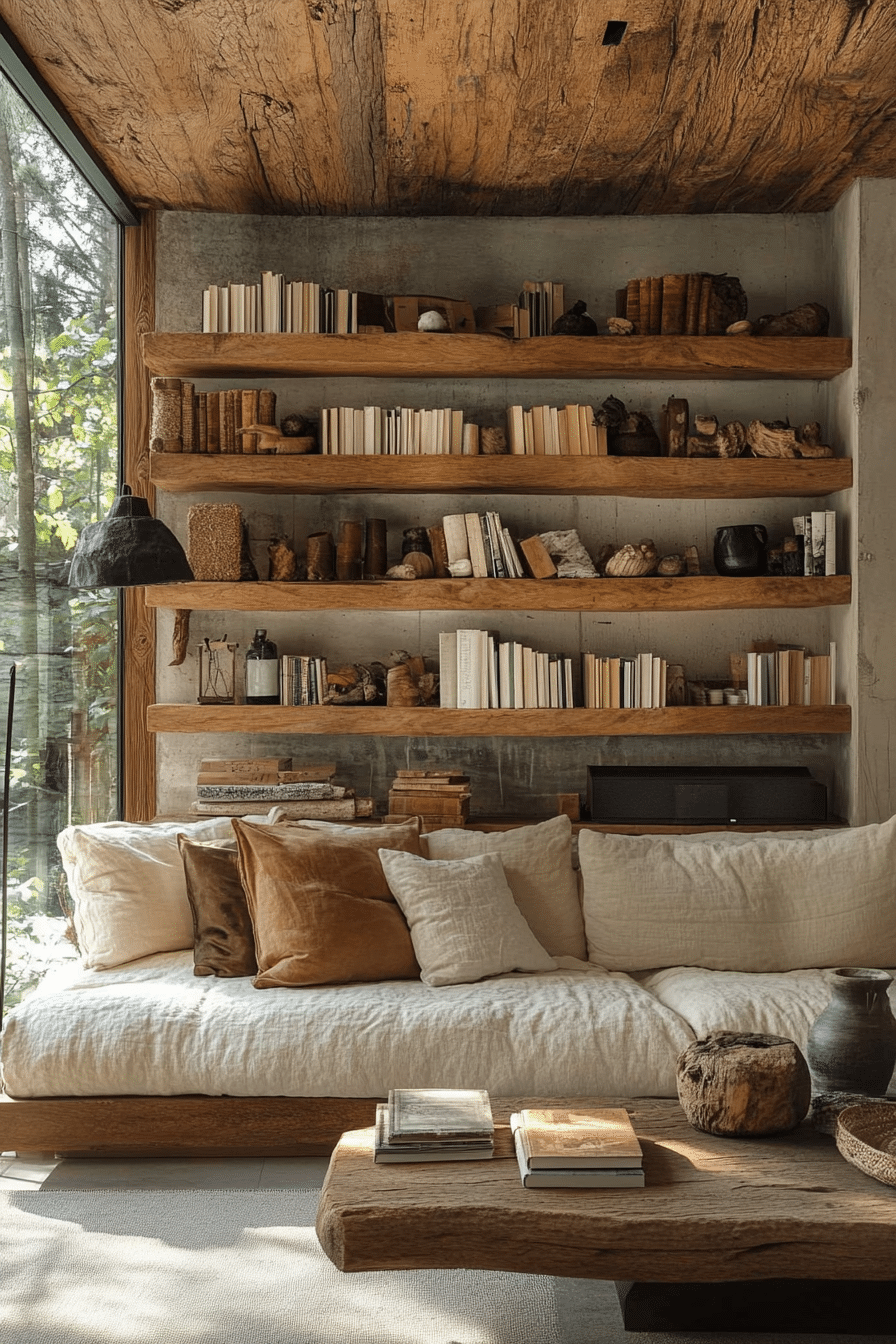
Add functional beauty to your wabi sabi living room with raw-edge wooden shelves that highlight the grain and organic shapes of natural wood. Simple DIY shelving made from salvaged wood offers both affordability and authenticity. These shelves bring a sense of grounding while providing useful storage.
14. Vintage Textile Accents
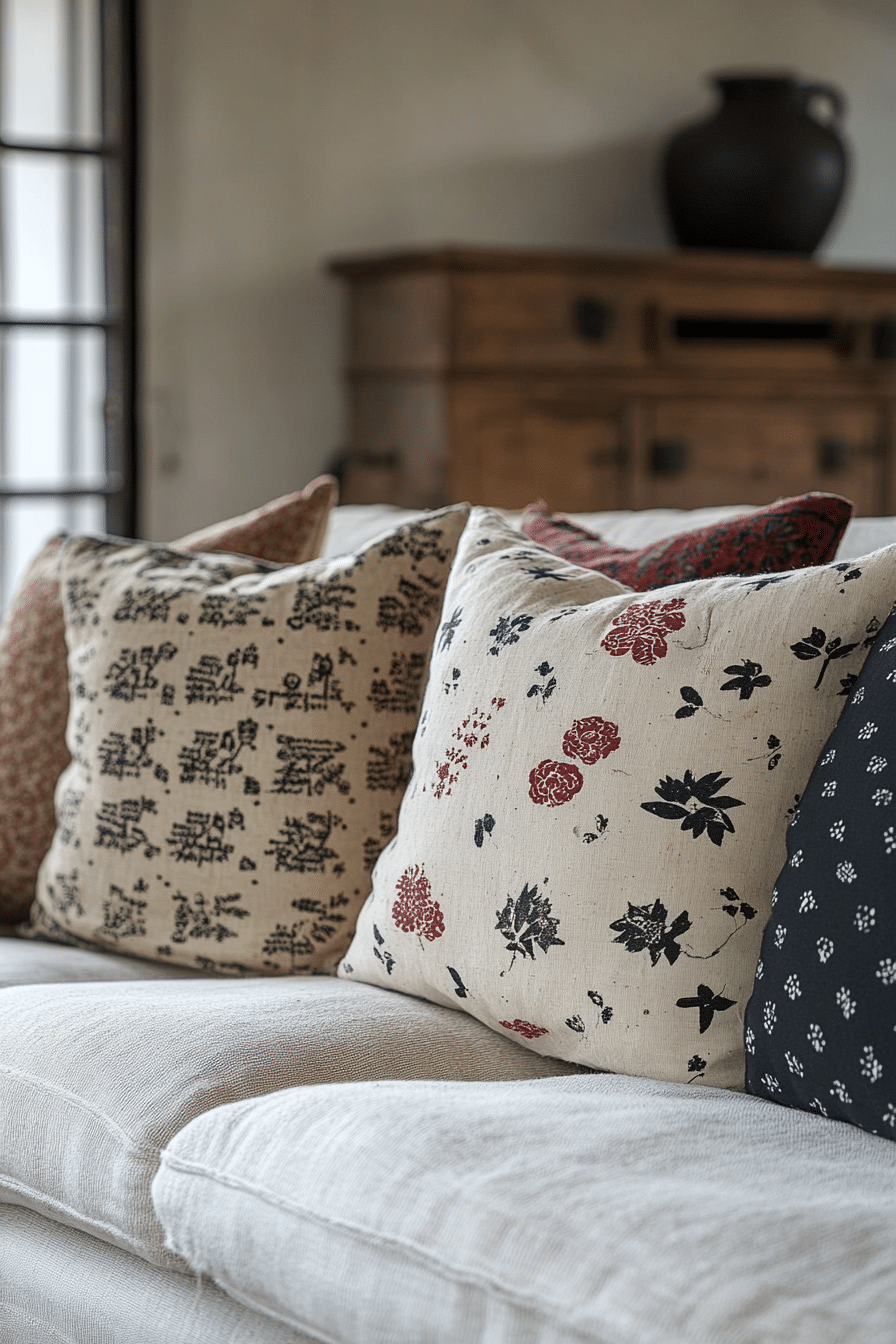
Soft, timeworn fabrics bring a comforting presence to your wabi sabi living room, whether through cushions, drapes, or wall hangings. Simple linen, cotton, or wool pieces with subtle fading or handmade stitching add warmth without feeling overdone. These unique finds are easy to source at thrift stores or repurpose from old garments.
15. Blending Natural Materials in Harmony
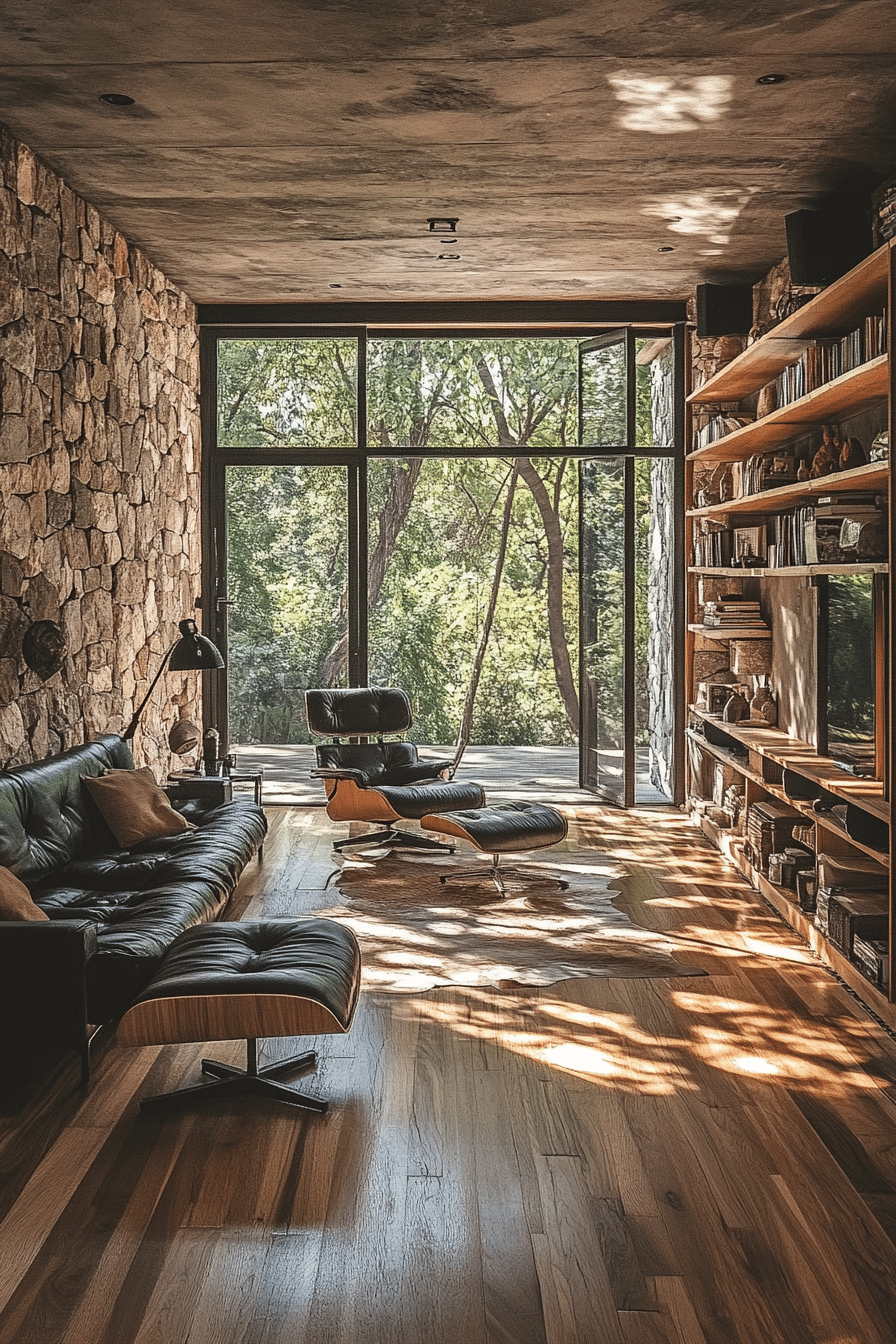
Achieve balance in your wabi sabi living room by mixing wood, stone, clay, and woven elements that complement each other’s natural aging process. Small additions like driftwood, river stones, or earthenware create a calming, nature-inspired environment. This approach is budget-friendly and encourages mindful collecting rather than impulsive buying.
16. Subtle Textured Wall Finishes
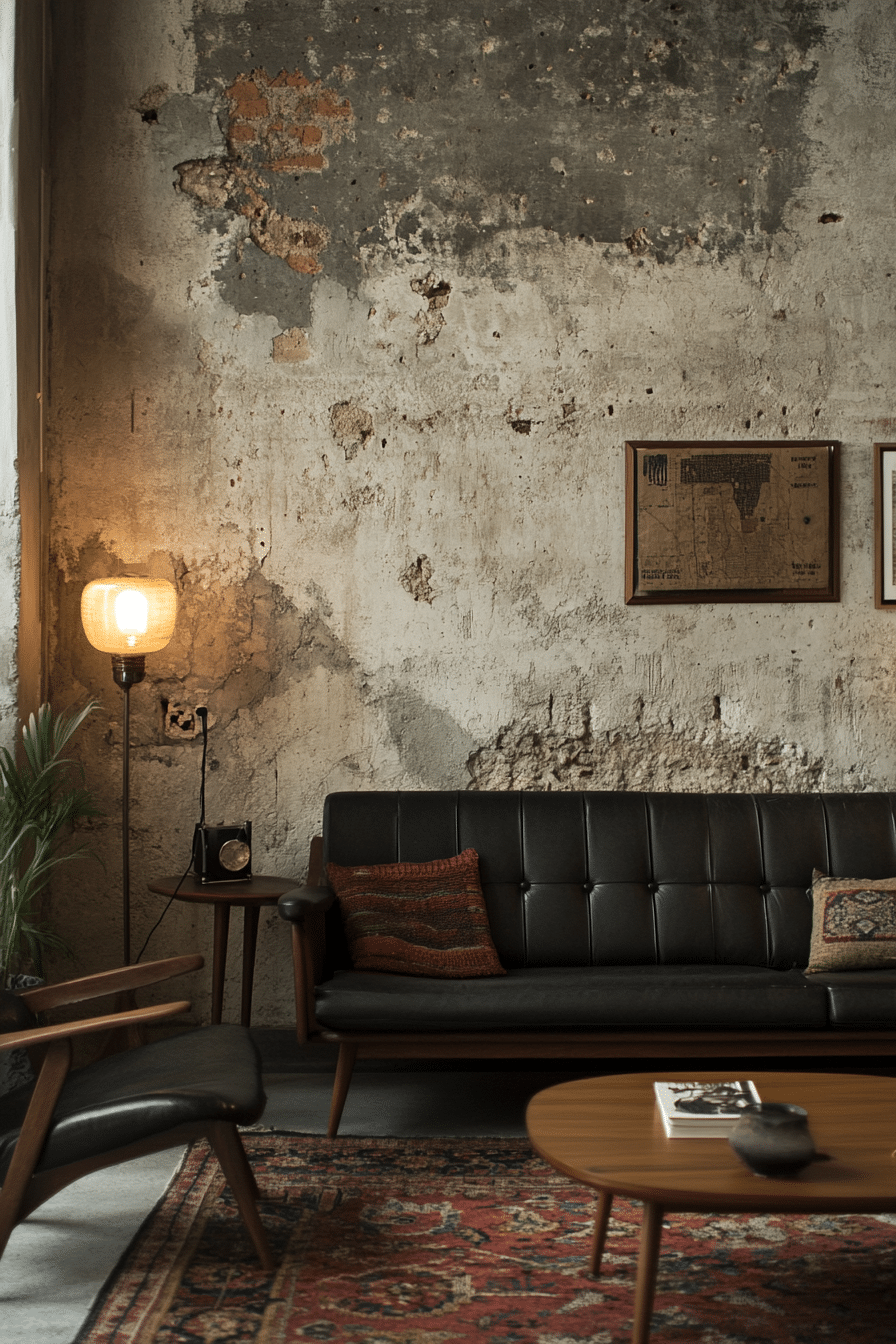
Bring depth to your wabi sabi living room with soft, textured wall treatments using limewash, plaster, or clay-based finishes. These natural materials create a muted, organic effect that enhances the room’s warmth and tranquility. DIY applications are affordable and allow for customization in color and texture.
17. Mindfully Arranged Simplicity
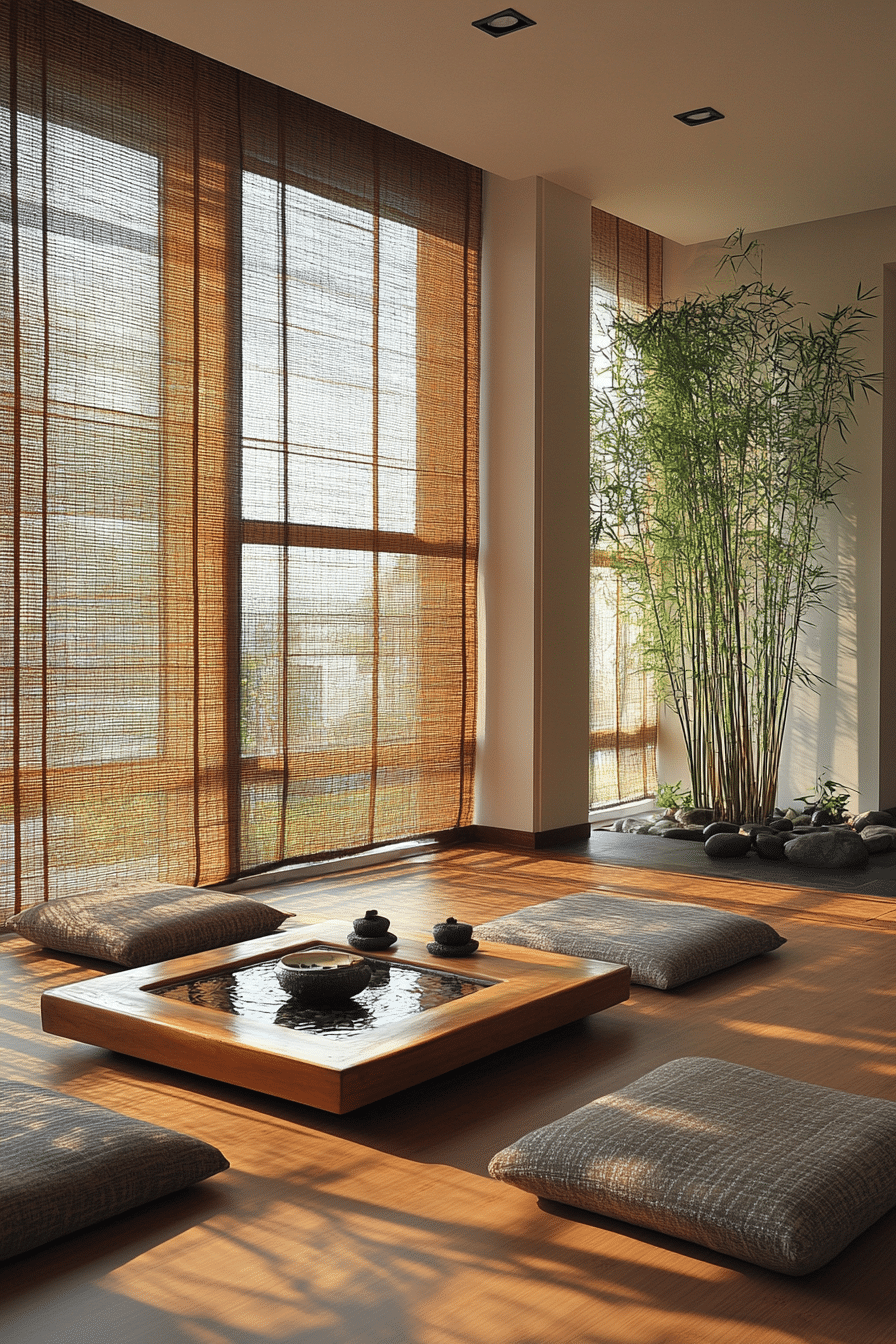
Embrace mindful decorating in your wabi sabi living room by curating simple, meaningful objects rather than filling every corner. A collection of found stones, a single ceramic vase, or a weathered wooden bowl can add depth without clutter. This approach makes it easy to refresh your space using items that hold personal significance.
18. Nature’s Color Palette
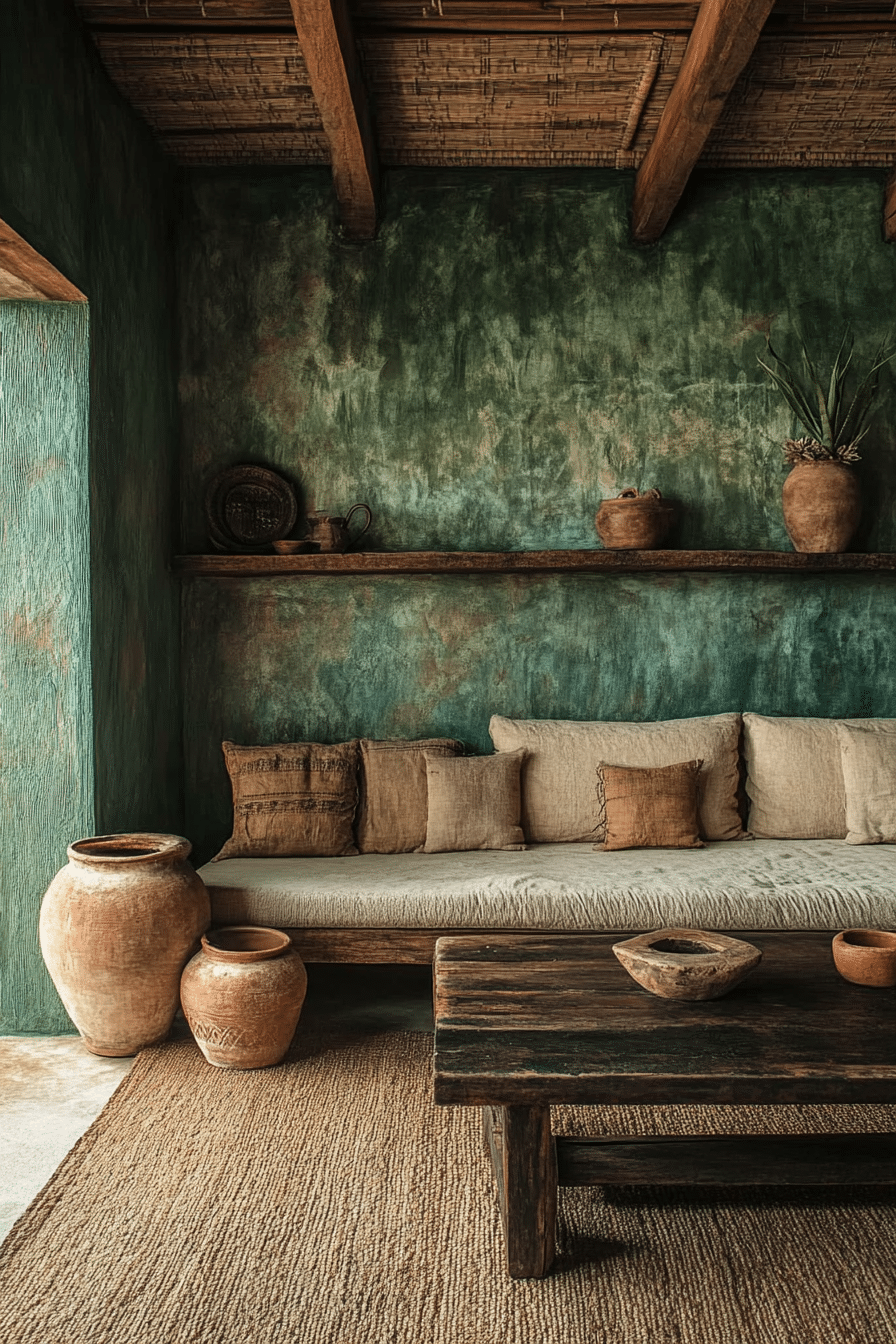
Design your wabi sabi living room around the timeless beauty of natural hues drawn from landscapes, forests, and the earth. Muted greens, warm browns, and soft grays create a calming foundation that adapts to any decor style. Look for discounted, mis-tinted paint to achieve these tones affordably.
19. Rustic Wooden Seating with Character
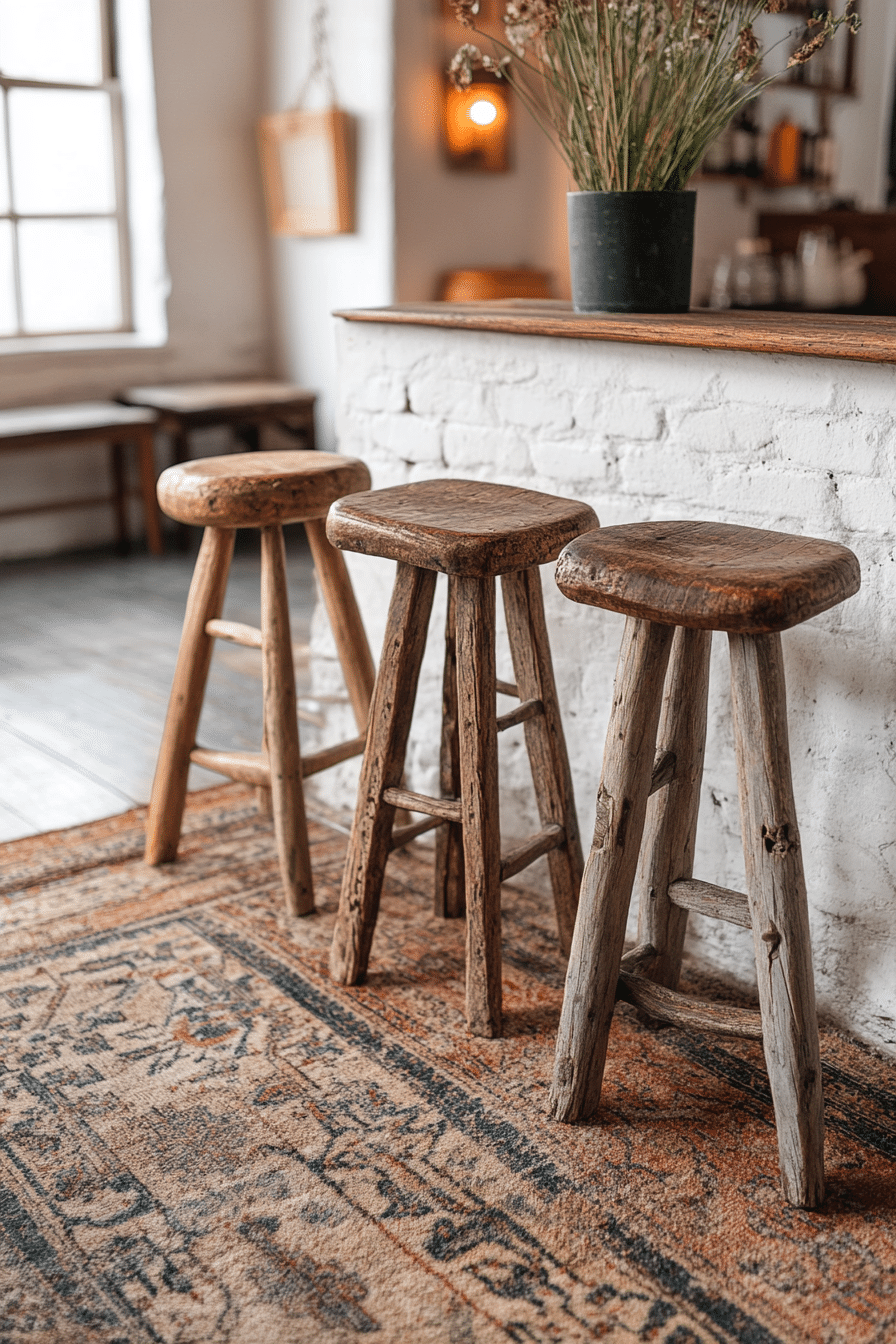
Give your wabi sabi living room a timeless touch with simple wooden chairs or stools that show signs of age and use. These functional yet beautiful pieces are often available second-hand, making them an affordable addition to any space. Their worn surfaces and raw edges bring warmth and authenticity to the room.
20. Timeworn Metal Accents for Contrast
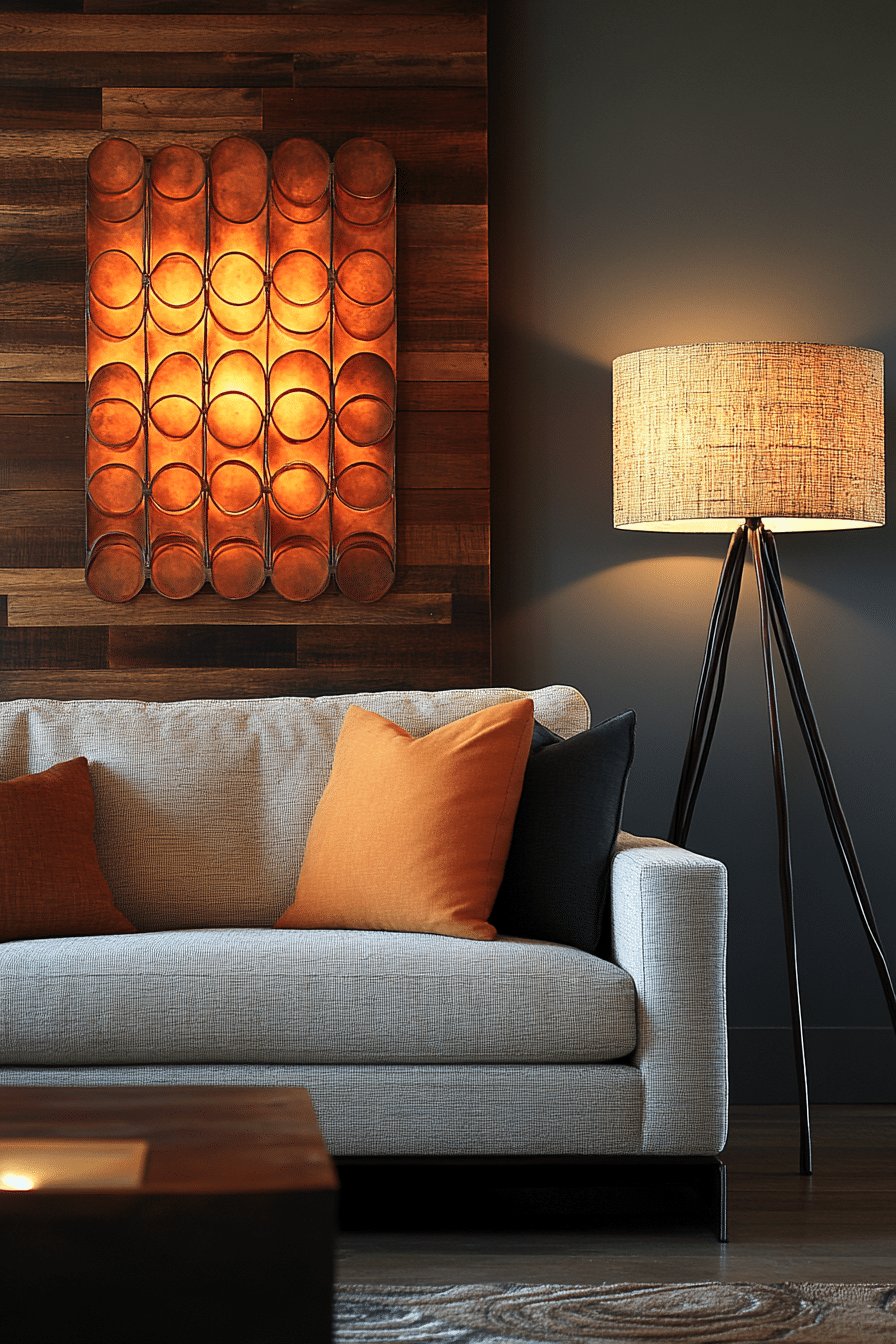
Introduce a touch of aged metal into your wabi sabi living room with weathered iron, brass, or copper pieces that develop a patina over time. Vintage candlesticks, metal trays, or salvaged fixtures can add an industrial charm while keeping the space soft and inviting. These budget-friendly finds tell a story of time and craftsmanship.
In conclusion, incorporating wabi sabi living room ideas into your space is an excellent way to create a peaceful, harmonious environment that celebrates the beauty of simplicity and imperfection. By embracing natural textures, understated colors, and mindful design, you can transform your living room into a serene sanctuary that fosters relaxation and balance. Whether through rustic furniture, organic elements, or minimalist decor, wabi sabi living room ideas help you craft a space that is both tranquil and beautifully authentic. Let these ideas inspire you to design a room that reflects your personal sense of peace and style.

